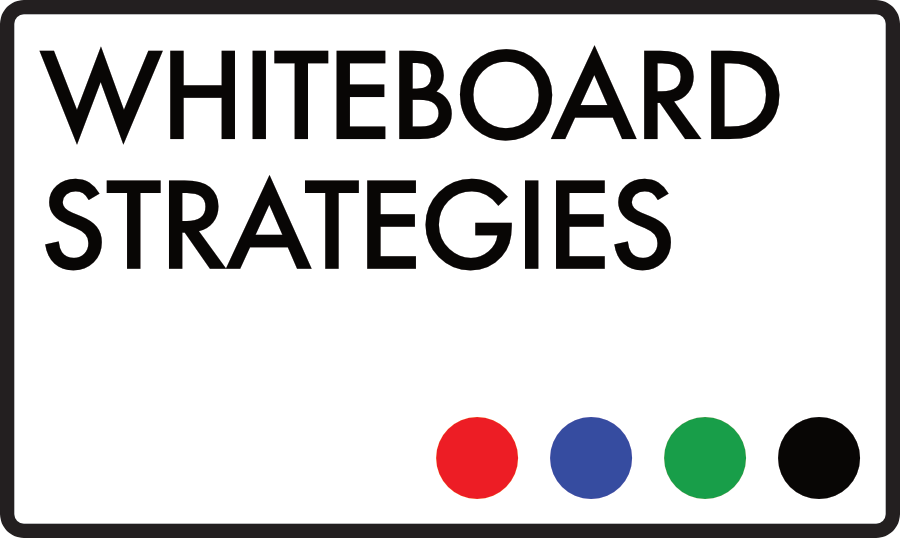I was having lunch in the City with a friend the other day. He loves what he does and is very, very good at it, but he was fuming. He had just come out of a morning-long training session, and it had been a waste of his time. “It’s bullsh*t” he said, “I spent a morning when I could have been doing my job learning things I already knew from someone who doesn’t know the industry like I do.”
He’s not in sales, but it reminded me of similar conversations with frustrated sales reps, first line managers and even enablement staff. There’s a feeling – a justified one – that training is treated as box ticking. It’s delivered for the wrong reasons: because budgets will be lost if they’re not spent by deadline, because stakeholders need ‘evidence’ that staff are keeping core competencies sharp, because enablement teams left it too late to research the trainers in question.
You don’t need me to tell you that’s unhelpful. You don’t need me to tell you how frustrated your people get with trainers who don’t fully understand their role, their processes or their marketplace challenges. You don’t need me to tell you how useless training is if there are no tools associated with it, no follow up, no resources to take away and develop. You don’t need me, surely, to tell you that an entertaining speaker is only useful if they’re using that talent to inform, educate and improve bottom lines.
For training to be useful it needs planning. Enablement teams and sales leaders need to work together to establish where help is needed. The good news is that, for the first time in history, all the data you need on pipeline, performance and conversion is at your fingertips. Use it. See where sticking points are, and talk to your managers about marketplace challenges, where deals are coming unstuck, and what competition is succeeding where you are failing.
Once you understand the requirement, find a trainer who can design and deliver the necessary training. No off-the-peg motivational talks or scattergun lessons—a tailored training programme, carefully aligned with how your people sell, what they sell, and your marketplace positioning. You need continual assessment and quantification. You need ROI to be monitored and reported. You need evidence that the training is working.
Sure, there will be challenges. The attitude of individuals is always one—like my friend, people under pressure to perform would rather be at their desk working than in your training room listening. But if they’re in your training learning then things change. Everyone can improve. Everyone needs help. Everyone sees the benefit if the right help is delivered in the right way.
Training needs to be usable to be useful. Someone once said to me “before I book a trainer, I always ask one question—what’s in the doggy bag?“. The training party is all good, but what do your people actually take away from it? What positioning materials, what messaging, what usable, scalable tools?
That’s how you avoid the BS when it comes to sales training. Establish your requirements, find someone who can deliver on those requirements via robust, usable tools, then measure the results and tweak accordingly. Provide post-training support and follow ups rather than ticking a box and walking away. Make sure people are using the tools—you spent time researching them, so you know they’ll work. Knee jerk bookings and rushes to spend budget will get you nowhere.
Follow Whiteboard Strategies or connect with Mark on LinkedIn, or sign up to The Edwards Update now for monthly insight, delivered straight to your inbox.
– Tom @WSL

Recent Comments